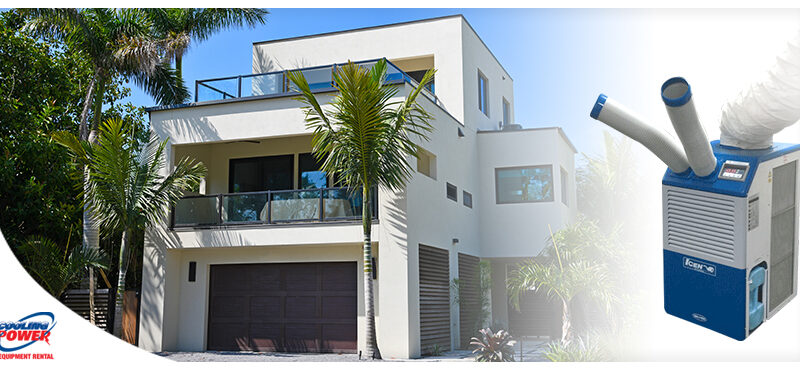A portable air conditioner is the best option when it comes to cooling solutions. It can provide better air quality and reduce the humidity of a room, making your work space less damp. High humidity is not good for your health, as it can cause dehydration, and increase the risk of heat stroke.
An air conditioner can also be a big help in reducing pesky critters that can transmit diseases. With ACs, the air is replaced every couple minutes, removing the smelly odor and giving you clean air in exchange. With that said, if you are planning to buy and install a portable AC at your home, here are some helpful facts to keep in mind.
How Does an AC Work?
An air conditioner takes the air inside a room and cools it. After that, it delivers the air back into the room. The AC vents the heat inside and exhausts it out to a nearby window through a tube that will be installed later. The AC’s process of cooling produces condensation.
Some units collect it in a reservoir, and it would need to be emptied, or pushed out through a hose when full. If the AC you have chosen collects the condensation in a reservoir, it will likely have an alert system that will let you know if it’s full and needs to be emptied.
Picking an Area
Finding the right spot to install your AC unit is as important as finding the right unit. Your portable air conditioner must be several feet above the floor. That way, the air will circulate in your work space efficiently. There are many benefits to installing an AC unit close to a window. Firstly, this will allow the AC to vent warm air outside easily. However, if your AC has a hose that drains continuously, it would be better to put it near the sink. You may also use a bucket to collect the waste water if it’s more convenient.
Check if The Window Adapter Kit Creates a Good Seal
The window adapter kit should be able to create a seamless seal in the windows. If the AC fits your window perfectly, then it would not require additional work and materials, otherwise some adjustments might be needed. However, if the window you have chosen is too large, then you may need to buy a plexiglass, or use plywood to fill the excess space.
On the other hand, if the window is too small, you would need to make adjustments to the adapter kit. Once these arrangements have been made, it’s time to install the AC. The technician will screw it in place and seal the edges with duct tape to prevent the cool air from seeping out.
Attach The Ventilation and Drainage Hose
Once you are sure that the edges are completely sealed, it is time to connect the hose to the window adapter kit. The other end will be attached to the air conditioner. Be sure to check if both ends fit well. If they are a little loose, you may use duct tape to seal the gaps.
Not all portable air conditioners come with a drainage hose, but if the one you have bought has one, you should attach it to the unit. Secure the hose near a water drain, which could either be in your sink, tub, or a bucket. Tape it on the wall so it doesn’t become loose and leak on the floor. Lastly, try not to put any weight on the hose to avoid your hose from collapsing or detaching.
Once everything is in place, and the hose is connected, you may now plug the AC to the power outlet and turn it on. If you are looking for economical cooling solutions, you can also consider spot coolers and rental AC units. At Cooling Power Corp, we offer a variety of cooling solutions perfect for any occasion. To get your quote, contact our amazing team today!

